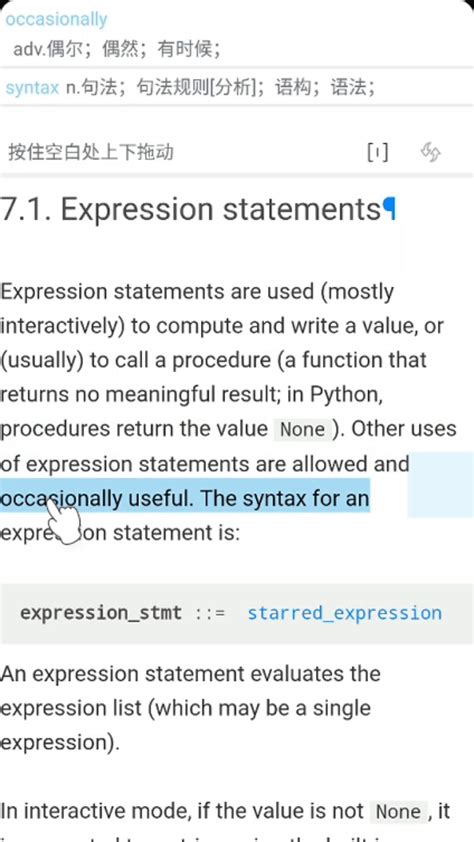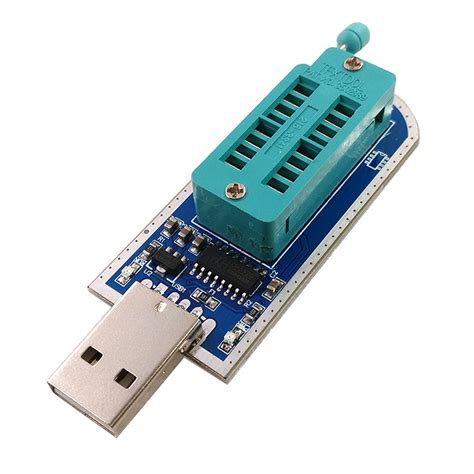结构化编程英语怎么写
Understanding Structured Programming
Structured programming is a programming paradigm aimed at improving the clarity, quality, and development time of a computer program by making extensive use of structured control flow constructs such as loops, conditionals, and subroutines.
Key Concepts:
1.
TopDown Design:
Structured programming encourages a topdown design approach, where a problem is broken down into smaller, more manageable subproblems. Each subproblem is further broken down until they become simple enough to be easily solved.
2.
Modularity:
Programs are divided into smaller, manageable modules or functions. Each module performs a specific task and can be independently developed, tested, and maintained. This promotes code reusability and simplifies debugging.
3.
Sequential Control:
Programs are organized as a sequence of statements executed one after the other. This sequential flow is intuitive and easy to follow, making the program's logic clear and understandable.

4.
Selection (Conditional Statements):
Conditional statements such as ifelse and switchcase are used to make decisions within the program. These statements allow the program to execute different sets of instructions based on certain conditions, enhancing its flexibility.
5.
Iteration (Loops):
Loops such as while, for, and dowhile are used to repeat a block of code multiple times until a specific condition is met. This allows for efficient handling of repetitive tasks and helps in reducing code duplication.
6.
Structured Programming Languages:
Structured programming concepts can be implemented in various programming languages. Examples include C, Python, Java, and many others. These languages provide builtin support for structured control flow constructs.
Advantages of Structured Programming:
1.
Clarity and Readability:
The use of structured constructs makes the code easier to understand and maintain. This improves collaboration among developers and reduces the likelihood of errors.
2.
Modifiability:
Modular design allows for easier modification and enhancement of the program. Changes made to one module do not necessarily affect other modules, leading to better maintainability.
3.
Debugging Ease:
The structured nature of the code simplifies the debugging process. Errors are easier to locate and fix since the code follows a clear, sequential flow.
4.
Scalability:
Structured programs are scalable, allowing for the addition of new features or functionality without significant restructuring. This is particularly beneficial for large, complex projects.
5.
Portability:
Programs written using structured programming principles are often more portable across different platforms and environments, as they rely on standard control flow constructs supported by most programming languages.
Best Practices:
1.
Keep Functions Small and Cohesive:
Break down complex tasks into smaller functions with specific responsibilities. This promotes modularity and enhances code readability.
2.
Use Meaningful Variable Names:
Choose descriptive names for variables, functions, and modules to make the code selfexplanatory and easier to understand.
3.
Follow Coding Standards:
Adhere to established coding standards and conventions to ensure consistency across the codebase. This facilitates collaboration and maintenance.
4.
Avoid Goto Statements:
Minimize the use of goto statements, as they can lead to spaghetti code and make the program harder to understand and maintain.
5.
Encapsulate Data:
Encapsulate data within appropriate data structures and provide access through welldefined interfaces. This promotes data integrity and reduces the risk of unintended modifications.
Conclusion:
Structured programming offers a systematic approach to software development, emphasizing clarity, modularity, and efficiency. By following its principles and best practices, developers can create wellorganized, maintainable codebases that are easier to understand, modify, and debug.
I hope this overview provides a comprehensive understanding of structured programming in English! If you need further clarification on any aspect, feel free to ask.
版权声明
本文仅代表作者观点,不代表百度立场。
本文系作者授权百度百家发表,未经许可,不得转载。











